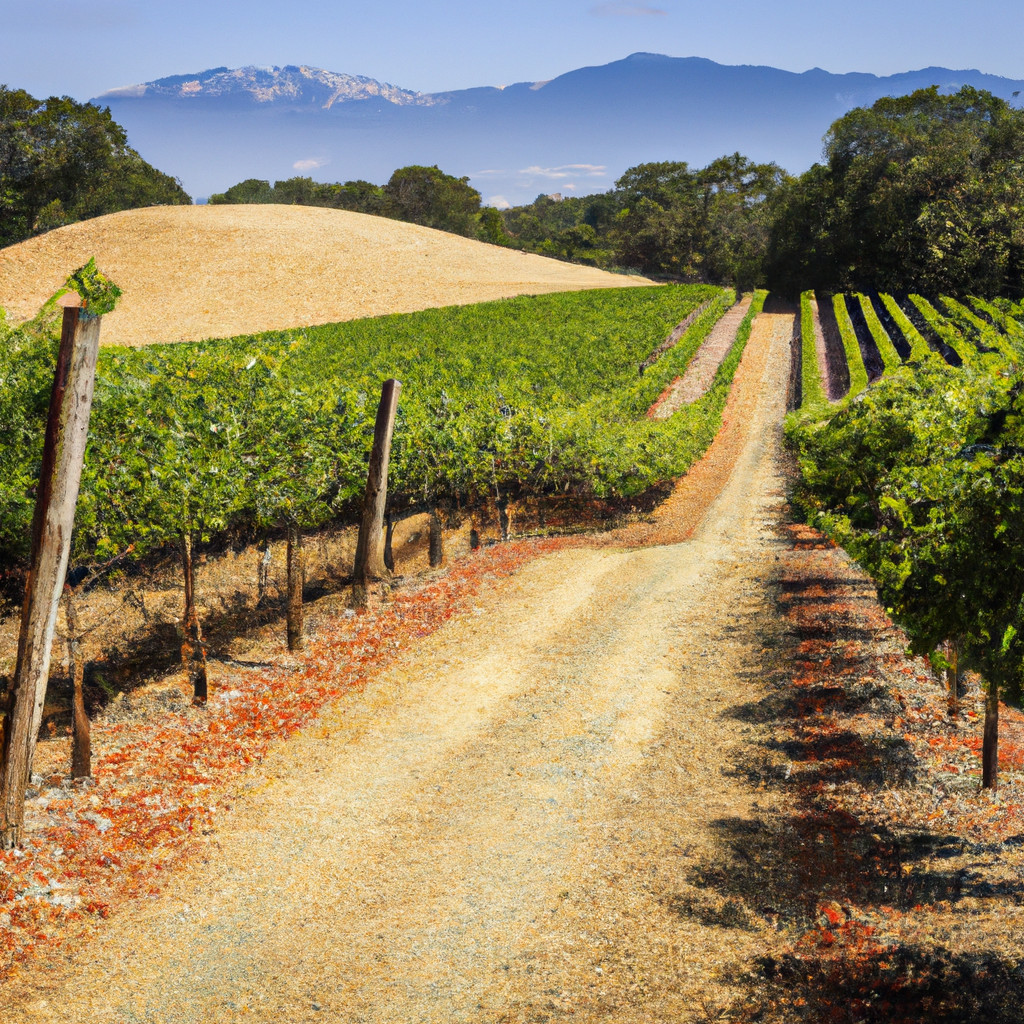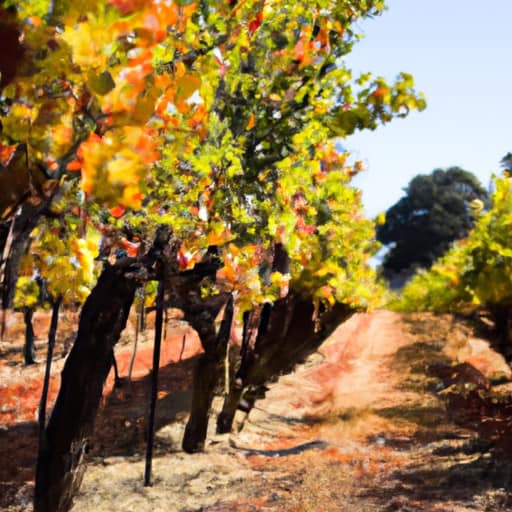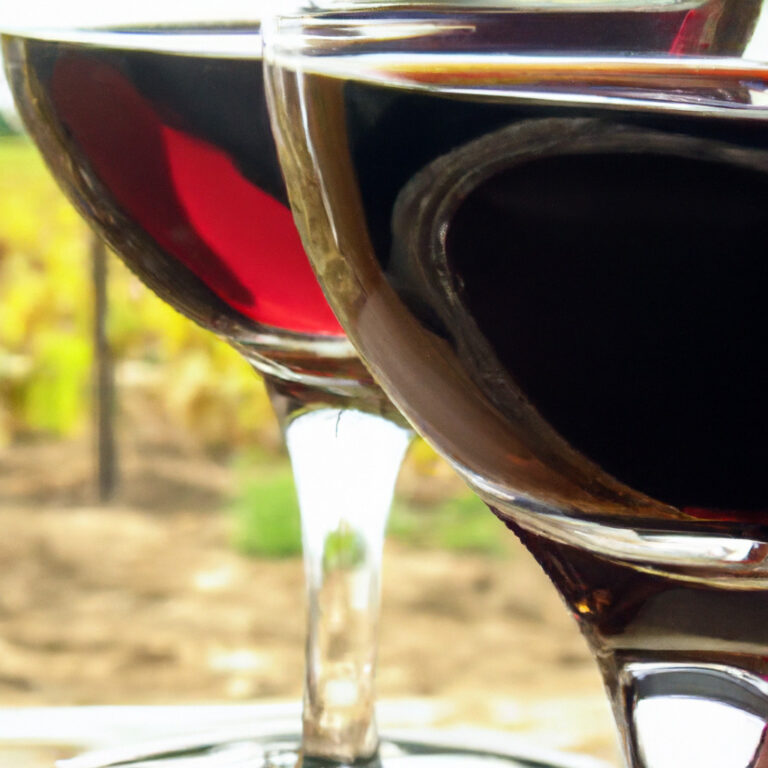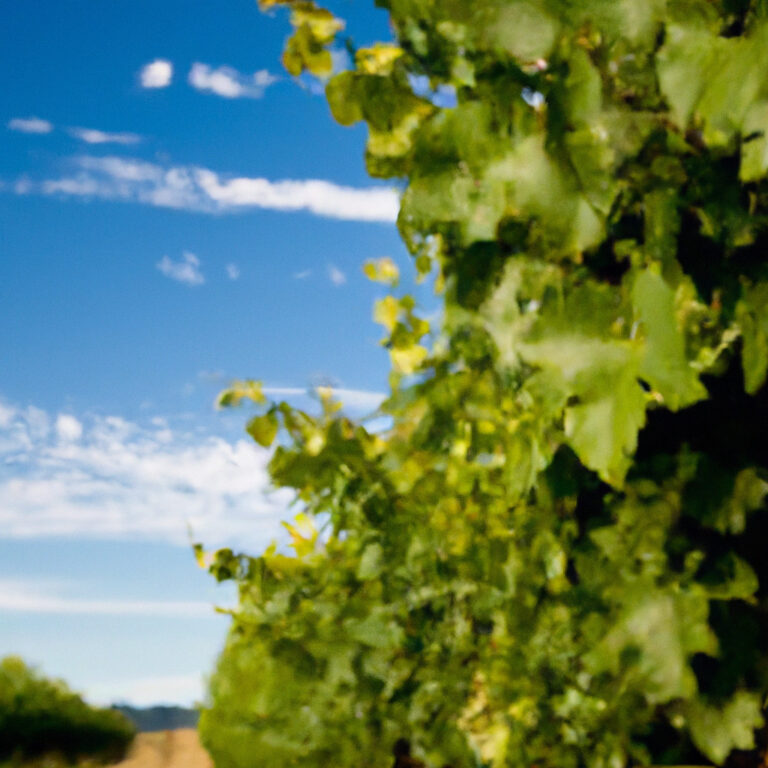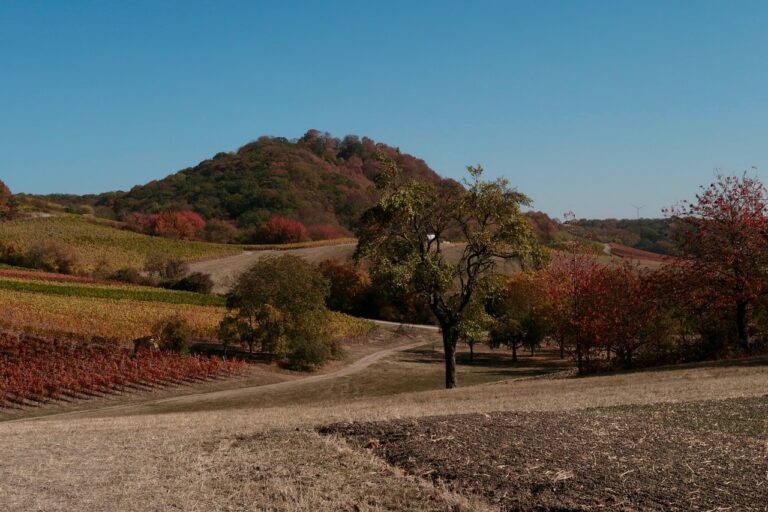Exploring the Best US Wine Regions
Join us on a delightful journey through the diverse and vibrant world of US wine regions. Each region possesses its unique charm and character, from the lush vineyards of California’s Napa Valley to the idyllic landscapes of Oregon’s Willamette Valley. Discover the rich flavors and distinct terroirs that make American wines renowned across the globe. Whether you’re an experienced wine connoisseur or a curious newcomer, prepare to be captivated by the fascinating stories that unfold in these US wine regions from coast to coast. Get ready to raise your glass and embark on an unforgettable exploration of the captivating US wine regions. Cheers!
What are the Best US Wine Regions?
The Pacific Northwest: Washington and Oregon
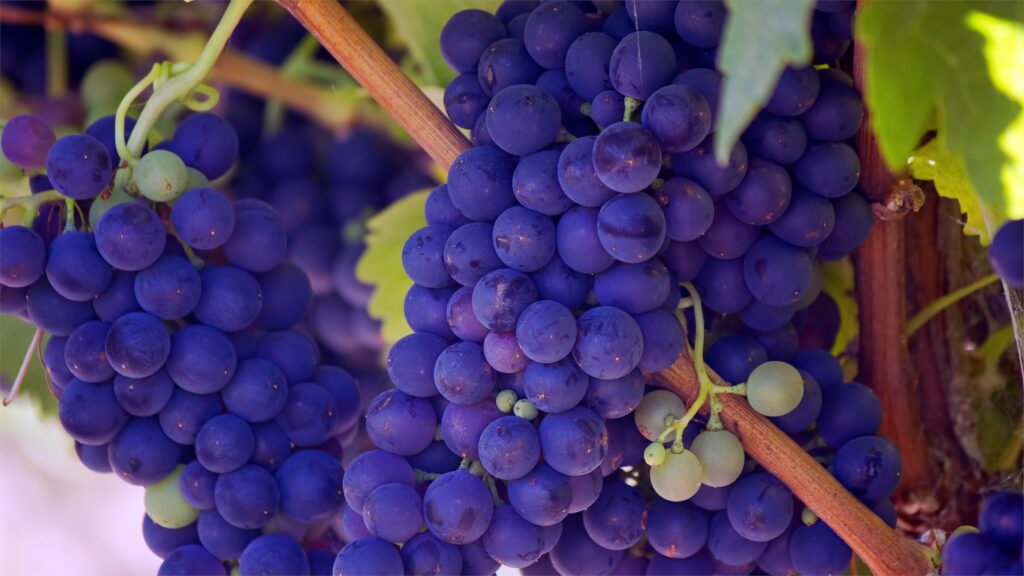
Washington’s diverse terroirs
Washington state is known for its diverse terroirs, which contribute to producing exceptional wines. The state boasts a wide range of microclimates thanks to its varying geography and vast size. From the cooler, western regions influenced by the Pacific Ocean to the warmer, eastern regions protected by the Cascade Mountains, there is a wealth of distinct terroirs, making it a great US wine region to explore.
The Columbia Valley AVA is Washington’s largest and most renowned wine region. It encompasses a significant portion of the state and is famous for producing world-class Cabernet Sauvignon, Merlot, and Chardonnay. The region benefits from hot, dry summers and cool nights, creating perfect conditions for ripening grapes.
In the Walla Walla Valley AVA, located in the southeastern part of the state, the unique combination of fertile soil, sunny days, and cool nights allows for the production of bold, rich red wines. Syrah and Cabernet Sauvignon thrive in this region, showcasing the distinct characteristics of the terroir.
Famous wine varietals from Washington
Washington state has gained recognition for its exceptional wines, particularly for certain varietals. Riesling, for example, excels in the cool climate of the state, and Washington Rieslings are often praised for their expressive aromatics and bright acidity. Other popular varietals include Cabernet Sauvignon, Merlot, Syrah, and Chardonnay.
The quality of Washington wines has been acknowledged globally, with winemakers focusing on producing wines that showcase the unique terroir and cool climate characteristics. Washington has solidified its reputation as a leading producer of premium wines in the United States.
Oregon’s cooler wine growing climate
Oregon, located south of Washington, is known for its cooler climate and distinct viticultural areas. The state’s cool maritime climate, influenced by the Pacific Ocean, provides ideal conditions for growing grapes that result in elegant, vibrant wines.
The Willamette Valley AVA, the preeminent wine region in Oregon, is internationally recognized for its exceptional Pinot Noir. The valley’s cool climate, marked by warm days and cool nights, allows for the slow ripening of Pinot Noir grapes, resulting in wines with complex flavors, balanced acidity, and delicate aromatics.
Well-known Oregon wine varietals
Pinot Noir has undoubtedly put Oregon on the map as a reputable wine region. The state’s unique climate and volcanic soil create the optimal conditions for producing expressive, high-quality Pinot Noir wines. Oregon’s winemakers have also experimented with great success with other cool-climate varietals, such as Chardonnay and Pinot Gris.
Oregon’s commitment to sustainable and organic viticulture has further enhanced the reputation of its wines. The state’s focus on minimal intervention winemaking practices and respect for the land has resulted in a vibrant wine industry that continues to gain recognition for its exceptional varietals.
California Wine Country
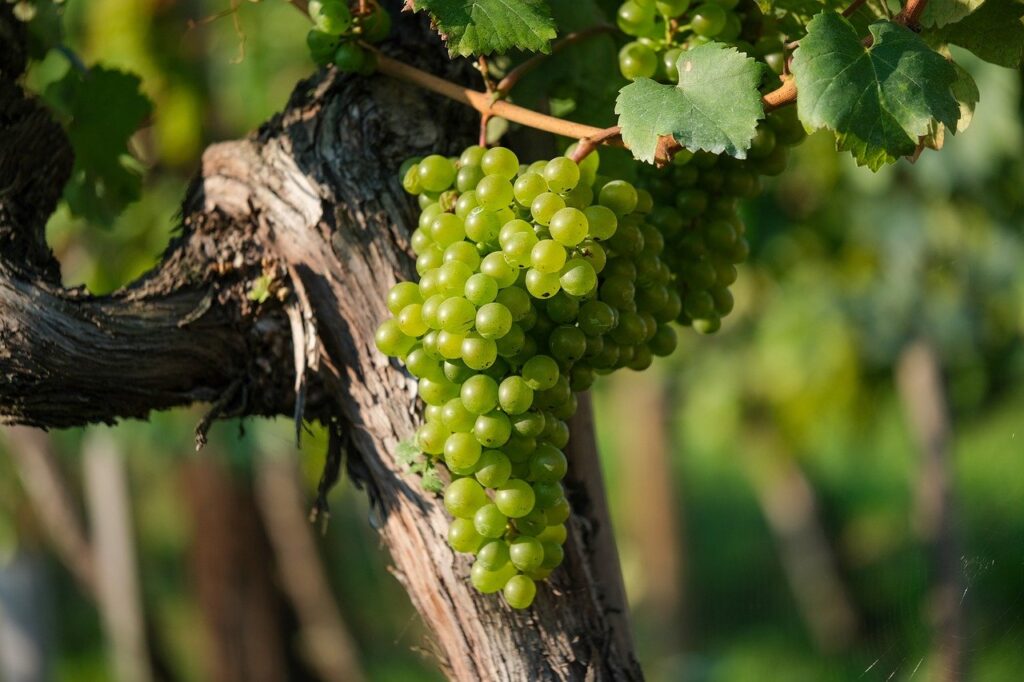
Napa Valley: The Heart of California Wine
When it comes to US wine regions, Napa Valley is undoubtedly at the forefront. This region is located in Northern California and has gained global recognition for its premium quality wines. The warm Mediterranean climate, diverse soils, and expert winemaking combination have produced some of the world’s finest Cabernet Sauvignon and Chardonnay.
Napa Valley’s unique terroir has made it a prime location for winemakers looking to express the true character of their grapes. From the craggy cliffs of the Stag’s Leap District to the renowned Rutherford Dust, the region offers diverse terroirs that add distinctive elements to the wines produced.
Sonoma County’s diverse wines
Sonoma County, neighboring Napa Valley, offers another exceptional wine-growing region in California. Spanning over 18 AVAs, Sonoma County boasts a diverse range of microclimates and soil types. This diversity allows for producing a wide array of varietals, making it a haven for wine enthusiasts.
In Sonoma County, you can find exceptional examples of cool-climate varietals, such as Pinot Noir and Chardonnay in the Russian River Valley AVA. Further north, the region of Dry Creek Valley excels in Zinfandel and Sauvignon Blanc. From the foggy hills of the Sonoma Coast to the warm valleys of Alexander Valley, there is a wine to satisfy every palate in Sonoma County.
Lesser-known regions: Central Coast and Temecula Valley
While Napa Valley and Sonoma County dominate California’s wine scene, plenty of lesser-known regions are worth exploring. The Central Coast AVA is known for its rugged coastline, cool maritime breezes, and diverse microclimates. This region produces excellent cool-climate varietals such as Chardonnay, Pinot Noir, and Syrah.
Another hidden gem is the Temecula Valley, located in Southern California. This region benefits from a warm Mediterranean climate and exhibits similarities to the renowned regions of Southern Europe. Temecula Valley has gained recognition for its rich, full-bodied red wines, particularly those made from Bordeaux and Rhône grape varieties.
The Rocky Mountain Region: Colorado and Idaho

Colorado’s high-altitude wines
The Rocky Mountain region may not be the first place that comes to mind when considering US wine regions, but Colorado has developed a flourishing wine industry. The state’s high-altitude vineyards, some reaching up to 7,000 feet, create unique growing conditions that result in distinctive wines.
The Grand Valley AVA and the West Elks AVA are particularly notable in Colorado. The Grand Valley AVA, situated along the Colorado River, benefits from warm days and cool nights, ideal for growing grapes like Cabernet Franc and Merlot. On the other hand, the West Elks AVA is known for its cool climate, making it perfect for producing crisp white wines like Riesling and Gewürztraminer.
Exploring Idaho’s fledgling wine industry
Idaho is an up-and-coming wine region in the Rocky Mountain range. With a burgeoning wine industry, the state is making a name for itself with high-quality wines produced in unique and diverse terroirs.
The Snake River Valley AVA, located in southwestern Idaho, is the state’s most prominent wine region. Its volcanic soil, sunny days, and cool nights create an ideal environment for growing grapes that yield exceptional wines. The region’s focus on cool-climate varietals, such as Riesling, Chardonnay, and Syrah, has proven successful and piqued the interest of wine enthusiasts.
The Southwest: Texas and Arizona
Texas Hill Country: The largest AVA in Texas
In the heart of Texas, the Texas Hill Country AVA holds the distinction of being the largest American Viticultural Area in the state. Despite its size, it maintains a level of quality and uniqueness that has contributed to the region’s growing reputation within US wine regions as a wine destination.
The warm, dry climate and the limestone-rich soil create an optimal environment for grape cultivation. The Texas Hill Country is known for producing bold, full-bodied red wines such as Tempranillo and Cabernet Sauvignon. The region also embraces the Mediterranean grape variety, Viognier, known for its aromatic qualities.
Arizona’s burgeoning wine industry
Arizona may not be the first state that comes to mind when thinking of wine, but it is quickly gaining recognition for its growing wine industry. The state’s unique geography, high elevations, and diverse climates provide winemakers with distinctive opportunities to cultivate grapes.
Premium-quality wines are produced in regions such as the Verde Valley and Willcox AVAs. Varietals such as Syrah, Mourvèdre, and Grenache flourish in Arizona’s warm days and cool nights. The state’s wine industry continues to evolve, attracting attention from wine enthusiasts seeking new and exciting experiences.
The Midwest: Michigan and Ohio
Michigan’s vibrant wine regions
Despite its northern location, Michigan has made a name for itself in the wine world. The state’s two peninsulas, surrounded by the Great Lakes, create a unique microclimate for successful grape cultivation and winemaking.
Michigan boasts several AVAs, including the Leelanau Peninsula and Old Mission Peninsula AVAs. Thanks to the lake effect and well-drained glacial soils, these regions excel in cool-climate varietals such as Riesling and Pinot Grigio. The state’s commitment to sustainable viticulture and its focus on showcasing the natural characteristics of the grapes have contributed to the growing reputation of Michigan wines.
Ohio’s historic wineries
Ohio has a long and storied history of winemaking, dating back to the early 19th century. The state’s rich soil, combined with a temperate climate, creates favorable conditions for grape growing.
The Lake Erie AVA, which spans Ohio and New York, is known for producing a wide range of grape varieties. From delicate Rieslings to robust Cabernet Francs, Ohio wineries offer a diverse selection of wines to suit every taste. Many wineries in the state have embraced sustainable practices and work towards preserving the region’s rich winemaking heritage.
The South: Virginia and North Carolina
Virginia’s wine history and unique varietals
Virginia is significant in American wine history, with the first vineyards being established in the early 17th century. The state’s diverse terroirs, influenced by the nearby Blue Ridge Mountains and Chesapeake Bay, allow for the production of an array of high-quality wines.
Virginia has multiple AVAs, including the Monticello AVA and the Shenandoah Valley AVA, each with distinct characteristics. Viognier has become the state’s signature grape, producing elegant, aromatic wines. Other notable varietals include Cabernet Franc, Petit Verdot, and Chardonnay. The state’s commitment to sustainable viticulture and dedication to quality winemaking have further elevated Virginia’s standing in the wine world.
North Carolina’s ascending wine scene
North Carolina may not be as widely recognized as other wine regions, but it is making significant strides in establishing itself as a reputable wine destination. The state’s diverse terroirs, influenced by the Appalachian Mountains and the coastal region, create an environment suitable for producing a wide range of varietals.
The Yadkin Valley AVA, located in the western part of the state, is one of North Carolina’s premier wine regions. Known for its cool nights and warm days, it produces outstanding Chardonnay, Cabernet Sauvignon, and Merlot. The state’s commitment to sustainable farming practices and its emphasis on producing distinct, high-quality wines have contributed to the ascent of North Carolina’s wine scene.
New York: Finger Lakes and Long Island
Exploring the Finger Lakes’ world-class Rieslings
The Finger Lakes region in upstate New York has gained international acclaim for its exceptional Rieslings. The deep, glacier-carved lakes create a microclimate that protects the vineyards from extreme temperature fluctuations, making it an ideal region for cool-climate grape varieties.
The Finger Lakes AVA is renowned for its Riesling, which showcases the region’s unique terroir with vibrant acidity and expressive aromatics. The region’s shallow, well-drained soils further enhance the character of the wine, resulting in world-class examples that rival those from renowned Riesling regions around the globe.
Long Island: A diverse wine-growing region
Long Island, located just outside New York City, has emerged as a diverse and dynamic wine-growing region. Its maritime climate, defined by cool summers and mild winters, allows for cultivating a wide range of grape varieties.
Vineyards stretch across a picturesque landscape in the North Fork AVA, producing exceptional wines. The region’s sandy loam soils and maritime influence contribute to producing outstanding Merlot, Cabernet Franc, and Chardonnay. On the South Fork, the Hamptons and the surrounding areas have also made their mark with elegant, cool-climate wines. Rosé wines, in particular, have gained popularity in recent years, showcasing the vibrant and refreshing character of the region.
Understanding American Viticultural Areas (AVAs)
The definition and importance of AVAs
American Viticultural Areas (AVAs) are designated wine grape-growing regions recognized and regulated by the Alcohol and Tobacco Tax and Trade Bureau (TTB). AVAs are defined by specific geographic boundaries and characteristics that distinguish them from surrounding areas.
The establishment of AVAs is vital for winemakers and consumers alike. For winemakers, AVAs provide a legal framework that allows them to label their wines with a specific origin, highlighting the unique qualities associated with the region. For consumers, AVAs serve as a tool for understanding and appreciating the diversity and quality of wines produced in different regions.
How AVAs influence the character of US wines
AVAs play a crucial role in shaping the character of wines produced in US wine regions. The diverse climates, soils, and other geographical factors within AVAs contribute to the unique flavors, aromas, and overall style of the wines.
Winemakers carefully consider the specific characteristics of an AVA when choosing grape varieties and determining winemaking techniques. By understanding the nuances of a particular AVA, winemakers can craft wines that best express the region’s distinct terroir and deliver a sensory experience that truly represents the place.
Climate and Geography’s Impact on Wine in US Wine Regions
How climate influences wine style and variety
Climate plays a significant role in determining the style and variety of wines produced in the United States. The country’s vast size results in a wide range of climates, from cool and maritime to hot and arid, each influencing the types of grapes that can be successfully cultivated.
Cool-climate regions, such as Oregon and parts of Northern California, are known for producing wines with higher acidity, moderate alcohol levels, and vibrant fruit flavors. On the other hand, warmer regions, like California’s Napa Valley and Texas Hill Country, yield wines with greater ripeness, higher alcohol levels, and bolder flavors.
The role of geography in wine growing
Geography, including altitude, slope orientation, and soil composition, plays a crucial role in the success of wine growing in the United States. Different grape varieties respond differently to specific geographic features, resulting in unique flavors and characteristics.
For example, high-altitude vineyards, such as those found in Colorado and parts of Idaho, experience cooler temperatures, allowing for longer ripening periods and greater flavor development in the grapes. Similarly, the presence of bodies of water, like the Great Lakes in Michigan and the Finger Lakes in New York, can moderate temperatures and provide beneficial climatic conditions for growing certain grape varieties.
The Future of US Wine Regions
Emerging wine regions
As the American wine industry continues to evolve, new and emerging US wine regions are gaining recognition for their winemaking potential. States such as Texas, Arizona, and Michigan showcase their ability to produce exceptional wines, challenging the dominance of more established regions.
Additionally, regions within established wine states, like Washington’s Walla Walla Valley, Colorado’s West Elks AVA, and New York’s North Fork, attract attention as they carve out their niches and demonstrate their unique potential.
The impact of climate change on US wine regions
Climate change poses both challenges and opportunities for US wine regions. Rising temperatures and changing weather patterns can affect the suitability of certain grape varieties and contribute to more extreme weather events that can damage vineyards.
However, climate change can also bring positive changes, creating opportunities for winemakers to experiment with new grape varieties and expanding the potential for viticulture in regions previously considered marginal.
The wine industry must adapt to the changing climate by implementing sustainable practices, exploring innovative winemaking techniques, and staying vigilant in preserving the unique characteristics of each region.
Conclusion
In conclusion, the diverse wine regions of the United States offer a wealth of variety and quality, reflecting the country’s vast landscapes, diverse climates, and dedication to winemaking craftsmanship. US wine regions from the Pacific Northwest’s Washington and Oregon to the renowned California Wine Country, the emerging wine scenes of the Rocky Mountain region, the Southwest’s Texas and Arizona, the flourishing Midwest’s Michigan and Ohio, the Southern states’ Virginia and North Carolina, and the unique wine regions of New York.
Each region possesses unique terroir and varietals that contribute to the rich tapestry of American wine. Additionally, understanding AVAs and the impact of climate and geography on winemaking further enhances the appreciation and exploration of the diverse US wine regions. As the future unfolds, emerging regions and the effects of climate change will continue to shape and redefine the landscape of American wine, ensuring its vibrant growth and innovation for years to come.
